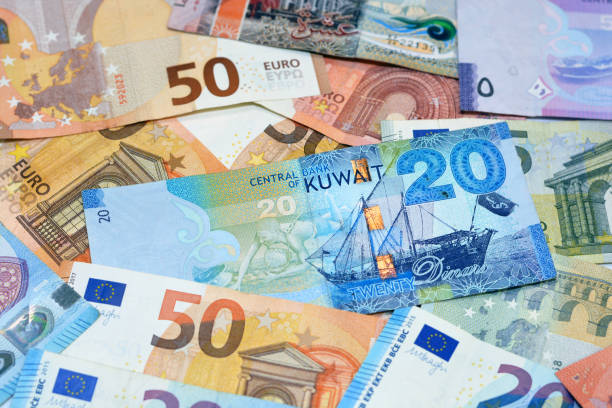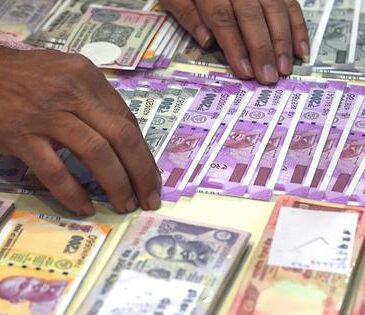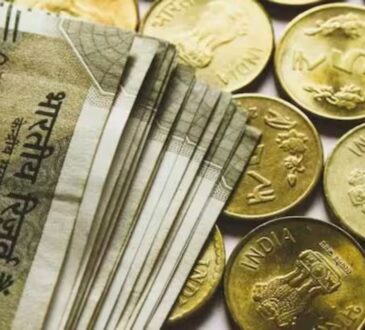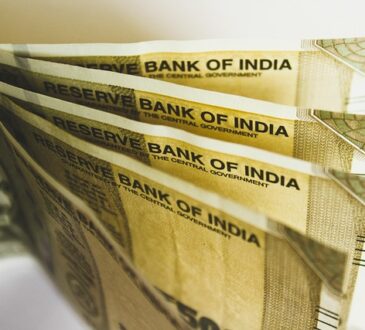Do you know how the concept of currency came about? In ancient times, people used to exchange things like cattle or harvests in exchange for goods or services. For example, a milkman would exchange your milk with a farmer looking for vegetables.
But there is a problem: What if the farmer needs something else instead of milk? Let’s just say shoes. Therefore, milk needs to find a shoemaker to change its milk for shoes. But what if the shoemaker needs a blacksmith to exchange his shoes for tools? So confusing, right?
This complicated and hamstrung system has led to the development of currencies as a universal means of exchange, making deals simpler and more accessible for everyone involved.
In today’s world, different currencies have surfaced to ease trade on a global scale, allowing more effective and profitable relations between countries and individuals. In this article, we will take a look at the world’s top 10 most valuable currencies based on their exchange rates and economic stability.
Which is the Most Valuable Currency in the World?

Source: The Indian Express
The Kuwaiti Dinar is consistently classified as the most valuable currency in the world. Its strength is mainly due to the immense oil richness of Kuwait. As a great global oil exporter, Kuwait generates substantial revenue from its natural resources, creating a strong demand for the Dinar.
The reason why the Kuwaiti Dinar is ranked as the strongest currency in the world is due to the following reasons:
- Vast Oil Reserves and Exports: Kuwait is the largest exporter of oil worldwide. When Kuwait sells this oil to other nations, those nations need to pay for it using Kuwaiti Dinars. This high demand for the Dinar pushes its value up.
- Wise Budgeting: Unlike some other oil-rich nations, Kuwait has a history of conservative fiscal policies. It maintains significant budget surpluses and has minimal public debt. A large portion of its oil revenues is invested in its sovereign wealth fund, the Kuwait Investment Authority (KIA), which provides a buffer against economic shocks and ensures long-term financial stability.
- Controlled Currency Supply and Peg: Kuwait’s Central Bank keeps a close eye on the amount of Dinar circulating. They connect the Dinar’s value to a hidden group of important world currencies (including the US dollar, Euro, and British Pound). This smart connection helps keep the Dinar steady and provides a solid base for its exchange rate, reflecting Kuwait’s business interests.
- Strong Economy and High Per Capita Income: Despite its small population, Kuwait has a robust economy with a very high per capita income. This economic strength, coupled with low unemployment, contributes to the overall confidence in the KWD.
- Political Stability: Kuwait is generally considered a politically stable country in the Middle East. This stability attracts foreign investment and business, further bolstering confidence in its financial system and currency.
7 Amazing Facts About Kuwaiti Dinar

Source: Times Kuwait
- One Kuwaiti Dinar consistently exchanges for roughly 3.25 US Dollars, making it significantly stronger than any other currency, including the Euro and British Pound.
- Since Kuwait is the largest exporter of oil worldwide, people need to buy Kuwaiti Dinars to pay for that oil. This constant demand keeps the Dinar’s value very high.
- While most major currencies divide into 100 subunits (like cents or pence), the Kuwaiti Dinar is divided into 1,000 “fils”. This allows for very precise pricing, though fils coins are less commonly used in daily transactions due to the Dinar’s high value.
- The Central Bank of Kuwait pegs the KWD to an undisclosed basket of international currencies. This carefully managed peg provides remarkable stability and helps protect the Dinar from wild fluctuations often seen in free-floating currencies.
- The KWD has maintained its strong value for decades. Even during times of regional instability, like the Iraqi invasion in 1990 (which saw a temporary replacement with the Iraqi Dinar), the KWD was quickly reinstated and its value restored, demonstrating remarkable resilience.
- Kuwait’s economy is characterised by very low public debt and a massive sovereign wealth fund (the Kuwait Investment Authority). These financial strengths provide a robust backing for the Dinar and inspire investor confidence.
- The latest series of Kuwaiti Dinar banknotes are designed with features like larger, raised print to aid visually impaired individuals in distinguishing between denominations, showcasing a thoughtful approach to inclusivity.
Read On| Which Country is the Largest Producer of Jute in the World? List of Top 5 Countries
List of Top 5 Strongest Currencies in the World [2025]
According to Forbes, here are the top 5 highest-value currencies in the world:
|
Rank |
Currency |
Symbol |
Value in INR |
Value in USD |
Country |
|
1 |
Kuwaiti Dinar (KWD) |
د.ك |
279.31 |
3.26 |
Kuwait |
|
2 |
Bahraini Dinar (BHD) |
.د.ب |
227.02 |
2.65 |
Bahrain |
|
3 |
Omani Rial (OMR) |
OMR |
222.60 |
2.60 |
Oman |
|
4 |
Jordanian Dinar (JOD) |
JOD |
120.72 |
1.41 |
Jordan |
|
5 |
Gibraltar Pound (GIP) |
£ |
115.60 |
1.35 |
Gibraltar |
|
6 |
British Pound (GBP) |
£ |
116.11 |
1.36 |
United Kingdom |
|
7 |
Cayman Islands Dollar (KYD) |
CI$ |
102.54 |
1.20 |
Cayman Islands |
|
8 |
Swiss Franc (CHF) |
SFr. |
104.38 |
1.22 |
Switzerland |
|
9 |
Euro (EUR) |
€ |
97.71 |
1.14 |
Multiple countries in the Eurozone (e.g., Germany, France, Italy) |
|
10 |
United States Dollar (USD) |
$ |
85.59 |
1.00 |
United States |




